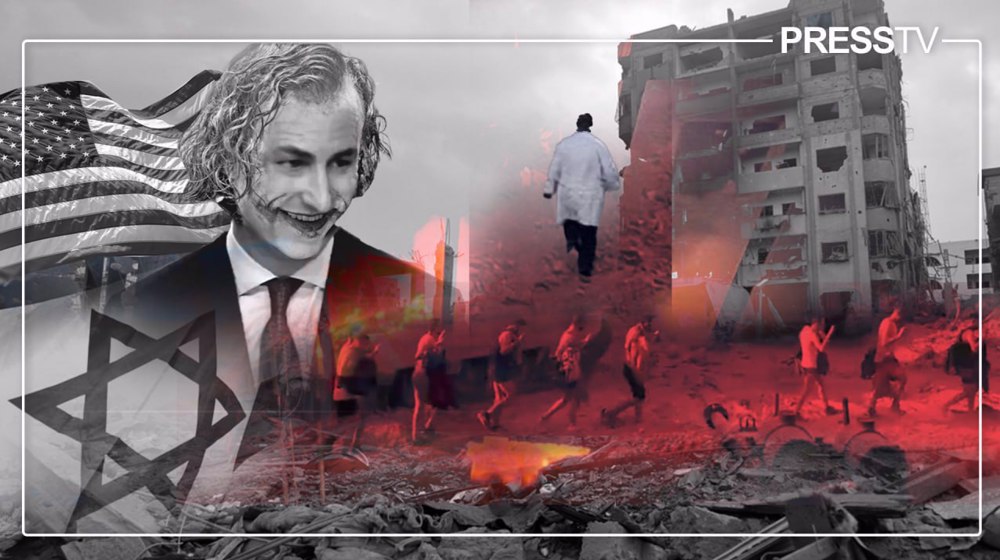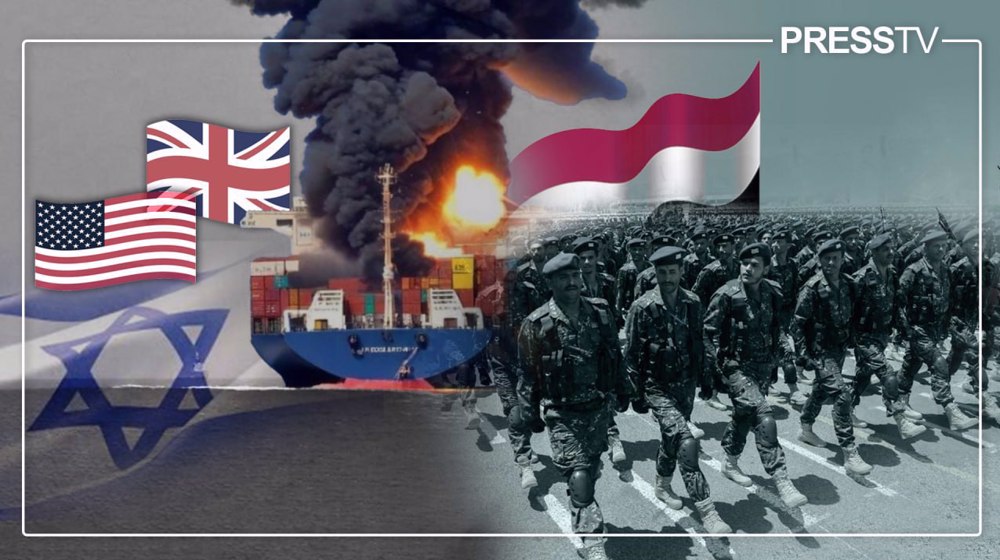The final word in Palestine for those who endure the most
By Elijah J Magnier
Magnier is a veteran war correspondent and a senior political risk analyst with decades of experience covering the West Asian region.
The extraordinary confrontations between the Palestinians and Israel are evidence of paradoxes that will not be resolved anytime soon. The Israeli approach to what is going on seems formal and misleading. Israeli Chief of Staff Aviv Kochavi said, “Hamas has not properly assessed the severity of our response, as the Gaza Strip is facing an enormous intensity of attack that has not been witnessed to this day.” Tel Aviv revealed that it had bombed over 1,500 targets and destroyed dozens of buildings in the besieged Gaza City. However, Israel never realized that the Palestinian resistance groups had introduced new long-range missiles and significantly increased firepower with a rhythm of more than 150 rockets fired daily and simultaneously. The Palestinians registered more than 100 buildings hit in Israel, and Gaza introduced a new equation by bombing from the first day Jerusalem and Tel Aviv. This is a fundamental change in the rules of engagement, of bombing gradual stages and avoid bombing Tel Aviv, to which the “Axis of the Resistance” is accustomed. For the first time, new missiles were launched, under the name “Al-Qasim” (named after the Iranian commander Qassem Soleimani responsible for supplying the Palestinians with weapons) which has a warhead of 400 kg and “Ayyash” (named after “Yahya Ayyash ») with a range of 250 kilometres.
Khaled Meshaal, representative of “Hamas” abroad, did not hesitate to say that “the resistance has benefited from Iran, its missiles and its expertise, and the organizations in Gaza have benefited from the smuggling of weapons and military technology.”
The Israeli Operation, “Guardian of the Walls”, failed against the Palestinian “Sword of Jerusalem” to introduce a new deterrence equation. As in every war, Israel managed to destroy facilities, agricultural lands, civilian buildings, banks, public roads, and buildings for local and foreign media. This indicates that the Palestinian resistance has succeeded in reducing the Israeli bank of objectives that lacked many security targets, as used to be the case in past wars. The Israeli failure to determine the locations of the rocket launchers and the whereabouts of the military leaders means civilian institutions are the preferable Israeli target.Israel has not changed anything fundamentally in its destructive policy adopted in the past decades against Gaza or Lebanon: targeting the infrastructure and residential areas are
Israel’s favoured objectives in the hope of turning the population against the local resistance. Gaza introduced a new element by raising the intensity of its firepower against different Israeli cities, which it had never targeted before, starting from the heart of Tel Aviv right down to the southern city of Eilat. Following every battle between Israel and the “resistance axis”, each side examines the performance during the fight to conclude suitable lessons for improving its performance and filling up the holes, in preparation for the next battle. It is still early to conclude whether it is the intensity of rockets launched or the quality of the missiles which will prove decisive.
As in every war, Israeli officials swear that they will bring back Gaza to the “Stone Age”, highlighting the power of its artillery and, above all, the air force provided by the US military industry. Israel has undoubtedly no rival in the Middle East concerning its military strength. However, apart from the introduction of new F-35 jets in this battle, Israel inflicted significant human and material losses, as it has always done in every war. Because there is no international accountability and that Israel rebuffs all international laws, the US unlimited support encourages Prime Minister Benyamin Netanyahu to disregard the Rules of War, targeting children (60 killed so far), women (39 killed) and many other civilians. Israel failed to achieve its goal of limiting the launching of rockets and missiles.
Moreover, the local Palestinian solidarity in Gaza supported the resistance groups, to the surprise of the Israeli planners. The Palestinians live in the besieged city of Gaza with limited means with a lack of many basic needs for years. These Palestinians have developed a resilience to grievance similar to the local saying: “I am drowning, and I am afraid of getting wet.”
Israel claims it has intercepted 90 per cent of the total 3000 rockets and missiles coming from Gaza against different Israeli cities. This means that at least a few hundred missiles managed to escape from the Israeli interceptor missile network. These rockets force thousands of Israelis into their shelters and prevent everyday life continuing as usual unlike previous wars on Gaza.
The Palestinian resistance managed to launch about 150 rockets a day, reaching close to Haifa in the north, Ramon airport in the south, and different settlements around Gaza like Ashkelon, Ashdod, Beersheba (Negev), Gush Dan (Tel Aviv) and Jerusalem. The Israeli intelligence failed to anticipate the Palestinians’ capability to strike different Israeli cities simultaneously. What is also significant was the uprising of the Arabs of 1948 who hold Israeli nationality. During the bombing of Gaza, they affirmed the unity of the resistance in the besieged city. It seems the Palestine Liberation Organization era that signed the Oslo Agreement has ended and that the next generation wants to regain all usurped land : it will no longer accept an Israeli free hand in Palestine.
The besieged city of Gaza has turned into a “concentration camp”, isolated from the sea and land (only the Rafah crossing is open, according to the Egyptian mood) and has no airport. Consequently, all weapons reach the city through its secret tunnels. However, this war – of which there is no doubt that it will be devastating in Gaza – endangered the Israeli entity, based on the solidarity of the Palestinian people manifested for the first time since 1948.
It did not come out of a clear blue sky that Benjamin Netanyahu asked the Israeli residents “to hold tight.” The Israeli leadership did not commit to a specific time to end the war. More evidence was manifested from the US position at the United Nations when the US ambassador vetoed a call for a cease-fire in the Security Council. Consequently, the last word will be given to the side that will survive the longest, in a war that will continue its course between the belligerents in the days to come.
The views expressed in this article do not necessarily reflect those of Press TV.
'Capitulation': Israeli officials and media concede Gaza defeat as truce unfolds
'Gaza has won': Social media users react to ceasefire with mix of relief, joy
Iran seeks South Korea’s assistance for AI, fiber-optic projects
VIDEO | Iran's 'Eqtedar' (Power) maneuver
Israel hits HTS military target in Syria for 1st time since fall of Assad
VIDEO | Press TV's news headlines
Israel has slaughtered 13,000 students in Gaza, West Bank
VIDEO | More Zionist than Zionists: Biden’s legacy to be defined by Gaza genocide










 This makes it easy to access the Press TV website
This makes it easy to access the Press TV website